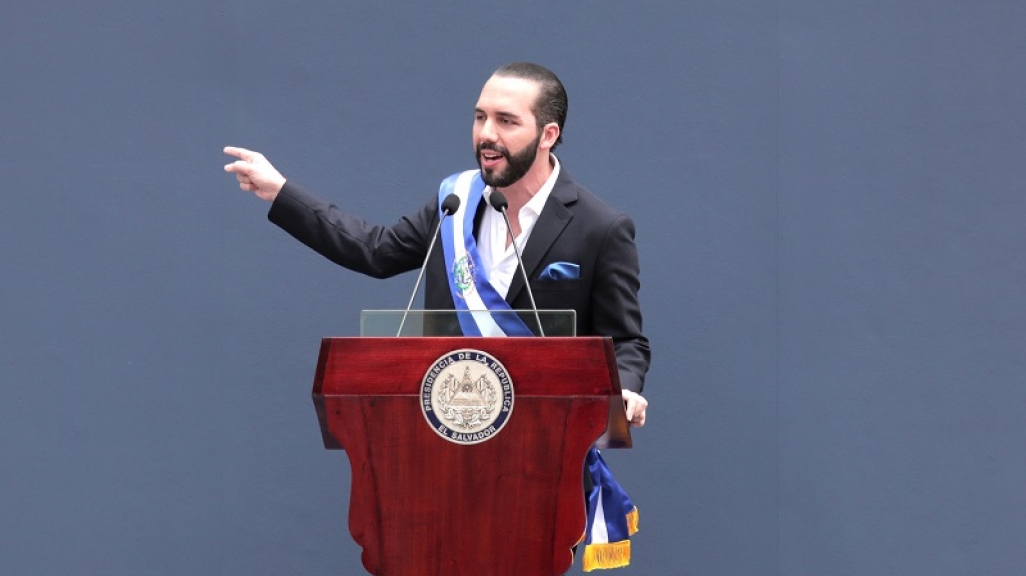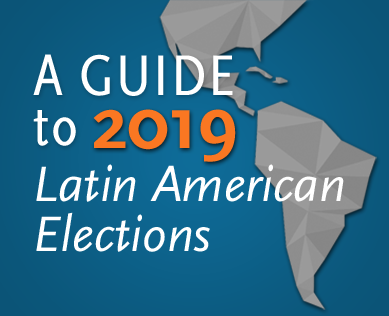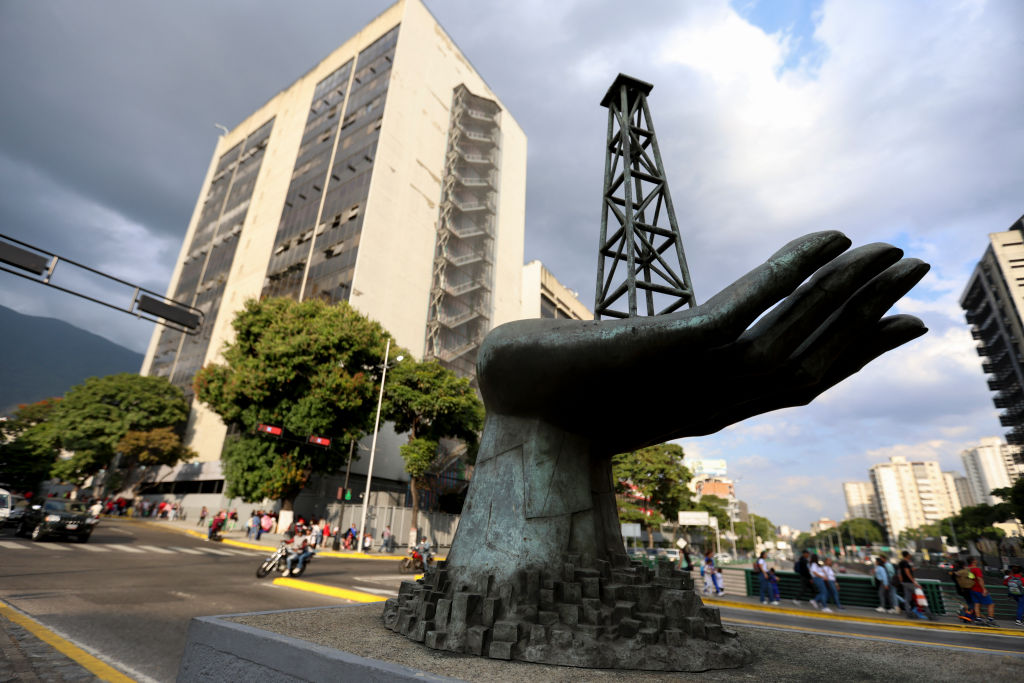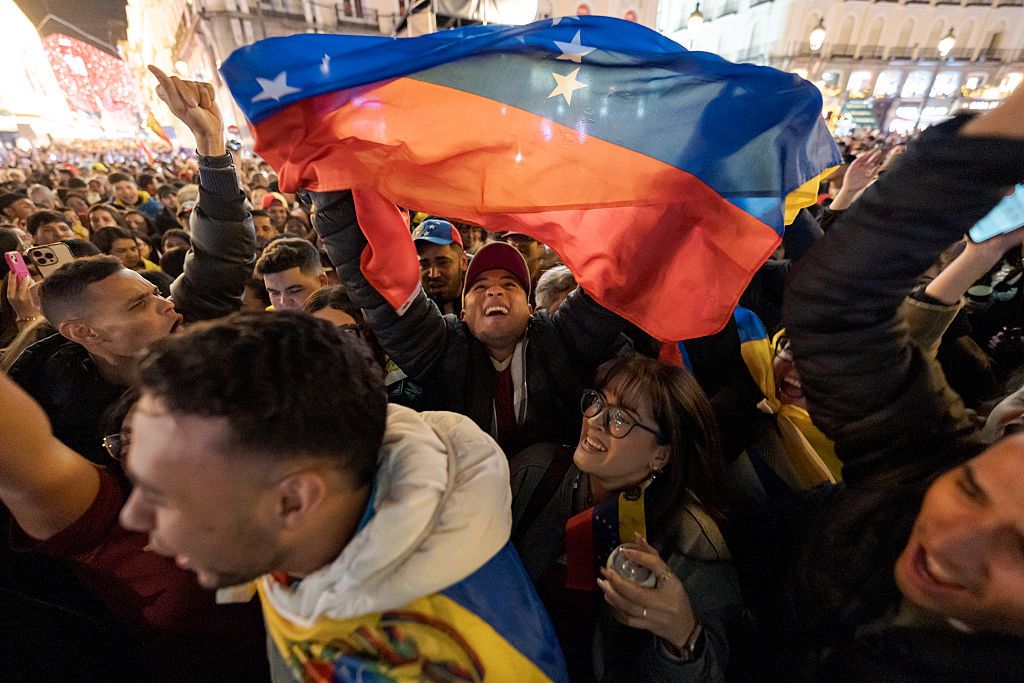Nayib Bukele's First Steps as El Salvador's President
Nayib Bukele's First Steps as El Salvador's President
Since taking office on June 1, the young president has already made a set of notable decisions.
On June 1, Nayib Bukele was sworn in as president of El Salvador for the next five years, breaking the 30-year streak of two-party control over the presidency and becoming the youngest president in Latin America at the age of 37. During his inauguration speech, he described El Salvador as a sick child in need of bitter medicine that must be nurtured by the entire country, despite the pain and sacrifices the process will require.
Who was and wasn’t at Bukele’s inauguration?
Various heads of state attended Bukele’s swearing-in ceremony, among them Iván Duque of Colombia, Jimmy Morales of Guatemala, and Evo Morales of Bolivia. A delegation from the United States was headed by Commerce Secretary Wilbur Ross. Presidents Daniel Ortega of Nicaragua, Juan Orlando Hernández of Honduras, and Nicolás Maduro of Venezuela, all of whom Bukele has called dictators, were not invited nor did they attend.
Bukele began his presidency with gender parity in his cabinet.
The new leader named eight women and eight men to his cabinet. This equal gender representation is a departure from the inaugural cabinet appointments of previous governments; in the last seven administrations, the highest number of women named as cabinet ministers during inaugural appointments was three. Bukele appointed women to head the Economy, Health, Education, Housing, Local Development, Foreign Affairs, Tourism, and Culture ministries.
His first order as president was to remove a controversial name from a military barracks.
On the day of his inauguration, Bukele issued his first order as president via Twitter, calling on the Armed Forces of El Salvador to remove the name of Colonel Domingo Monterrosa from the barracks of the Third Infantry Brigade in San Miguel. Monterrosa was identified as the commander responsible for the 1981 El Mozote massacre by the 1993 UN truth commission tasked with investigating human rights violations during the country’s civil war. Bukele’s order has been described as a historic reparation for the victims of the civil war massacre that previous presidents failed to issue, despite years of survivor pleas to change the name. While ex-president Mauricio Funes issued a formal state apology for the massacre and called upon the military to reconsider describing Monterrosa as a hero in 2012, he did not take concrete steps to remove the name.
On June 2, images and videos emerged on social media showing Monterrosa’s name on the façade of the barracks being painted over.
Bukele was busy on Twitter.
Bukele spent his first week doing at least some portion of his governing via Twitter. He announced that, in agreement with his new cabinet, five ministries would be dissolved: Governance, Social Inclusion, Transparency, Technology, and Vulnerability. In order to make the state more efficient, he stated that the projects from these ministries would be redistributed among the other 16 ministries. Bukele also tweeted that he asked his new cabinet to give him undated letters of resignation to keep in his office as a reminder that they can be replaced at any moment if they are not serving the people.
Bukele also took to Twitter to order members of his administration to dismiss over 20 government officials. The officials fired had family ties to ex-President Salvador Sánchez Cerén, members of his outgoing administration, and members of the exiting governing Farabundo Martí National Liberation Front party. Some members of Bukele’s administration also used Twitter to respond and confirm to the dismissals.
In addition, Bukele had the head of Civil Protection, Jorge Alberto Meléndez, fired for being tied to the civil war-era murder of poet and activist Roque Dalton.









 Podcast: Nayib Bukele on His Plans for El Salvador
Podcast: Nayib Bukele on His Plans for El Salvador
